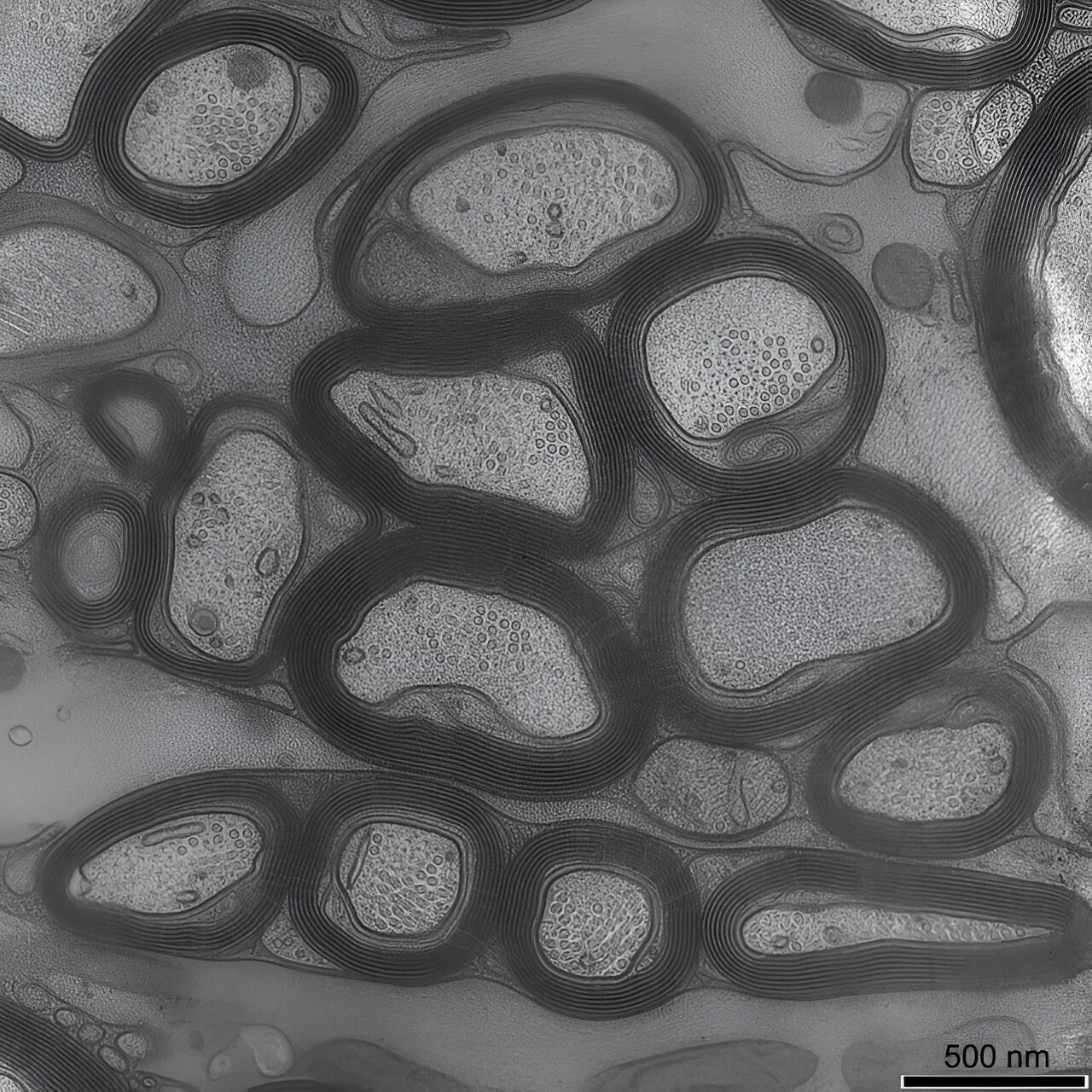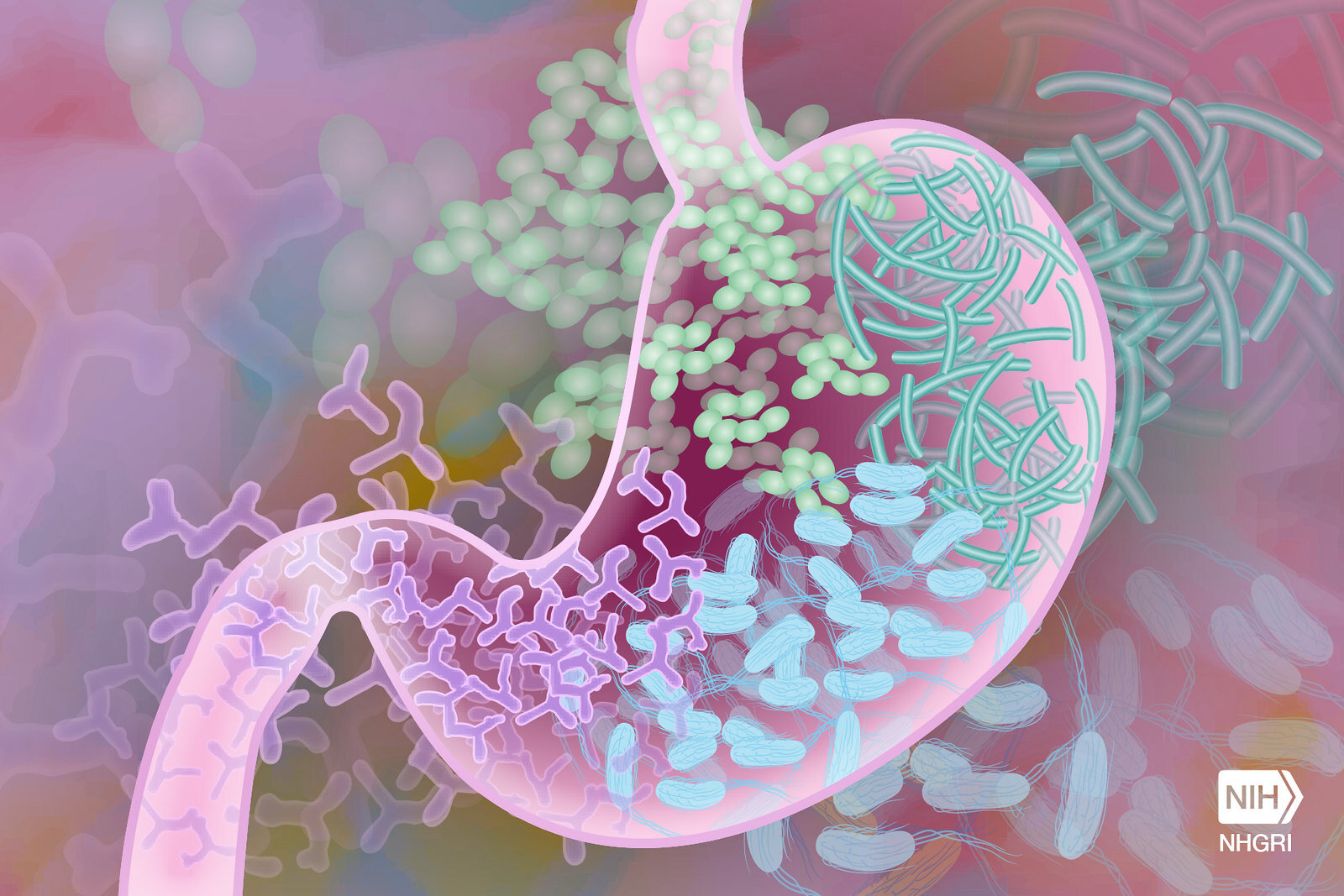
The brains of mammals expend a significant amount of energy in the form of adenosine triphosphate (ATP). This is the molecule that cells use to transfer energy, ultimately fueling several biological processes.
Unlike other organs that have fat cells, neurons and other cells in the central nervous system (CNS) have so far not been known to possess obvious local energy reserves. While astrocytes can use stored glycogen to temporarily protect neurons in the event of low blood sugar levels (i.e., hypoglycemia), a persistent lack of glucose has been found to contribute to neurodegeneration in the long-term.
Researchers at the Max Planck Institute for Multidisciplinary Studies in Germany and other institutes worldwide recently carried out a study investigating the contribution of glial fatty acid metabolism to the storage of energy that can also be used by other cells in the CNS.
Their findings, published in Nature Neuroscience, suggest that the oligodendroglial lipid metabolism can serve as an energy reserve, helping to overcome glucose deprivation and associated neurodegeneration.
“The primary motivation behind our recent paper was a very speculative idea that myelin may have evolved as a highly specialized lipid store,” said Klaus-Armin Nave, supervising author of the paper.
“We proposed that, during evolution, the emergence of myelin coincided with the loss of lipid droplets in axon-associated glial cells. Hugo Bellen had demonstrated in mutant Drosophila that an excess of glycolysis products would be converted in the axon into fatty acids that are shuttled back to wrapping glia and stored as lipid droplets.”
Based on the findings previously collected by Bellen and other researchers, Nave and his colleagues hypothesized that myelin, a protective fatty layer that encloses axons (i.e., nerve fibers) in the vertebrate CNS, could have evolved as glia learned to ‘package’ stored lipids and specific proteins into membranes that can be wrapped around axons. As a result, myelin might not only facilitate the transmission of signals between cells, but also retain their original role of energy reserve.
“We first carried out simple ex vivo experiments by isolating the optic nerve of adult mice and placing it into culture,” explained Nave.
“The survival of its glial cell population was measured in the absence or presence of glucose in the culture medium. Lack of glucose was surprisingly well tolerated by oligodendrocytes, but only if they could degrade fatty acids from myelin and generate ATP by oxidizing the breakdown products in mitochondria.”
When conducting further experiments, the researchers found that the energy generated by oligodendrocytes from lipids could also support the electrical spiking activity of myelinated axons in the optic nerve. Using cell-specific mouse mutants, they showed that oligodendroglial peroxisomes, small organelles found within oligodendrocytes and myelin, also play a role in the turnover of fatty acids.
“When conditional mouse mutants were made to lack glucose transporters from adult oligodendrocytes, these cells were ‘starved’ in vivo,” said Nave. “This was tolerated, however, because these myelinating cells have immediate access to fatty acids, because the normal myelin lipid turnover continues. However, when analyzed by electron microscopy, these mice gradually lose myelin membranes.”
The findings gathered by Nave and his colleagues suggest that the myelinated brain of adult mammals could possess a significant reserve of energy that can help to transiently make up for shortages in energy. These findings could have important implications for the study of disorders associated with the loss of brain white matter as a result of starvation, such as anorexia nervosa.
“Neurodegenerative diseases that are associated with gradual myelin loss may also reflect this mechanism of metabolizing fatty acids from the myelin sheath,” added Nave.
“We now need to determine how exactly the metabolic energy of myelin-derived fatty acids reaches other glial cells and the axonal compartment, all of which appear to profit from demyelination. We are speculating it could be very short fatty acids or ketone bodies.”
More information:
Ebrahim Asadollahi et al, Oligodendroglial fatty acid metabolism as a central nervous system energy reserve, Nature Neuroscience (2024). DOI: 10.1038/s41593-024-01749-6.
© 2024 Science X Network
Citation:
Research suggests myelin fatty acid metabolism could serve as an energy reserve for the central nervous system (2024, September 30)
retrieved 6 October 2024
from https://medicalxpress.com/news/2024-09-myelin-fatty-acid-metabolism-energy.html
This document is subject to copyright. Apart from any fair dealing for the purpose of private study or research, no
part may be reproduced without the written permission. The content is provided for information purposes only.



